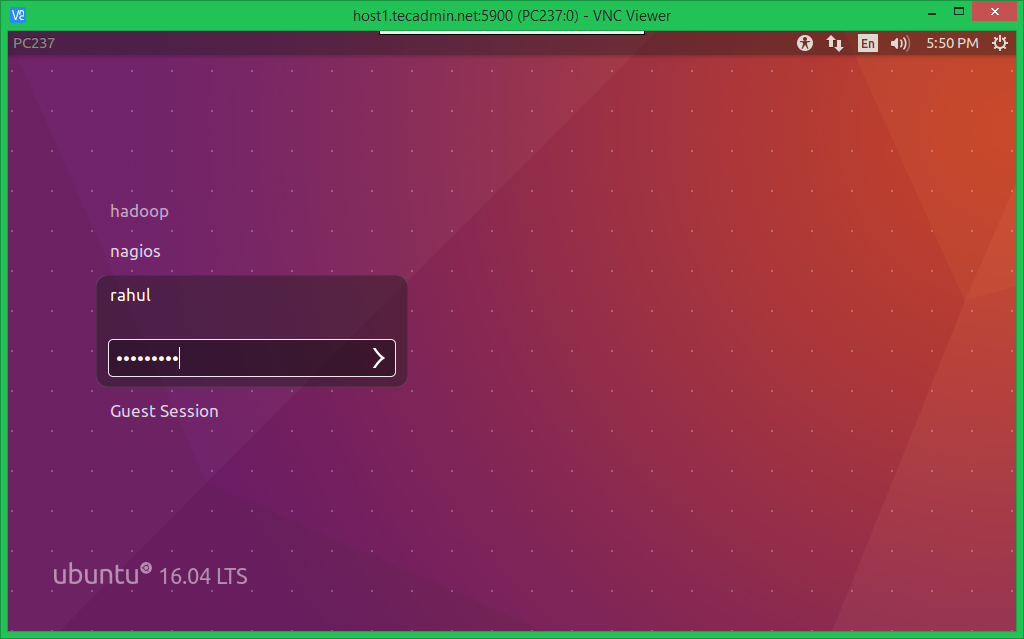

Start X $ x11vnc -display :0 -auth ~/.Xauthority Generally, assigning an X authority file requires running x11vnc as root. This is accomplished by using the -auth argument followed by the appropriate file, which will depend on how your X server was started. You may set an X authority file for the VNC server. Also note that /var/log/x11vnc.log needs to be created manually and its ownership needs to match that of the user who will run it. Note: The password "PASSWORD" above is not secured anyone who can run ps on the machine will see it. X11vnc -wait 50 -noxdamage -passwd PASSWORD -display :0 -forever -o /var/log/x11vnc.log -bg Then, run the following command, all available options are explained in x11vnc(1).Īnother option is to place the x11vnc command line in a script which is called at login, for example: You may need to set up X to run headless too. Install x11vnc from the official repositories.įirst, start X either by startx or through a display manager.

4.2 Run x11vnc "system-wide" in (SDDM and Plasma).4.1 Run x11vnc "system-wide" in (GDM and GNOME Shell).


 0 kommentar(er)
0 kommentar(er)
